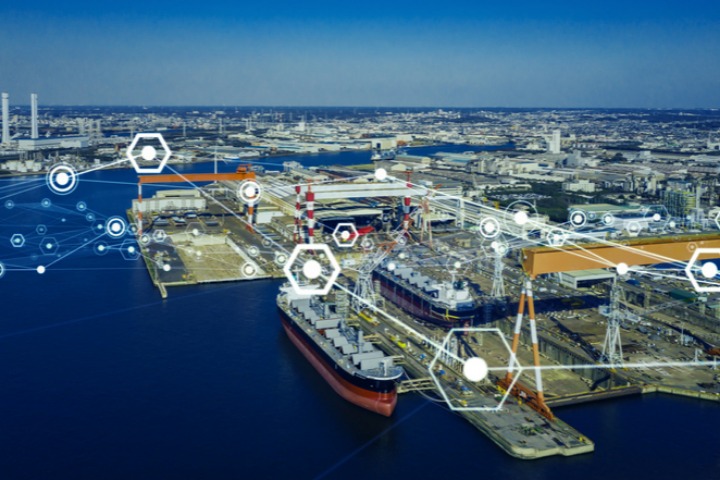
Over half of surveyed ports now offer Onshore Power Supply, says ESPO
In the most recent Environmental Report from the European Sea Ports Organisation (ESPO), it was revealed that 57% of ports surveyed offered Onshore Power Supply (OPS).
The report from the organisation that represents ports authorities and associations across the 22 EU Members States and Norway showed that ports offering OPS has increased from 32 at the start of monitoring to 56 in 2021. In 2021, it was also revealed 82% of the ports offering OPS provided low voltage OPS, which serves inland and domestic vehicles, and auxiliary vehicles such as tugs.
In 2021, 46% of the responding ports provided OPS high voltage connections at one or more berths, which helps the port in meeting energy needs from seagoing vessels.
Additionally, out of the surveyed ports already providing OPS, 93% provide electricity through fixed installations, whereas 14% opt to provide it through mobile installations.
Many ports that were surveyed are also looking to incorporate this solution in the near future, with 46% saying they are looking into offering OPS within the next two years, a 6% increase from the report in 2020.
© ESPO Environmental Report 2021
“Many ports in Europe are stepping up their efforts to deploy more OPS in their ports. Together with the use of equivalent alternative technologies, OPS can be an important instrument to reach the aim of reducing greenhouse emissions, air pollution, and noise,” ESPO stated in the report.
“Even though many European port authorities are willing to deploy OPS to facilitate the greening of shipping, they face many barriers in doing so. The apparent lack of economic viability for OPS is the most prevalent barrier. The cost for developing OPS in ports varies from port to port, and from location to location in the port, but overall, the cost is high, with almost no return on investment for the investing party.”
Other green services to shipping that have been highlighted as key the 2021 Environmental Report include Liquefied Natural Gas (LNG) bunkering facilities, and environmentally differentiated port fees, which reward front-runners going beyond regulatory standards.
ESPO previously highlighted that OPS is primed to be a key strategy for ports to reduce carbon emissions. However, during an interview with PTI in May 2021, Isabelle Ryckbost, General Secretary at ESPO, said a crucial precondition for ports considering investment into OPS is greater information on the power demand – and capabilities – of vessels is needed.
https://www.porttechnology.org/news/over-half-of-surveyed-ports-now-offer-onshore-power-supply-says-espo/

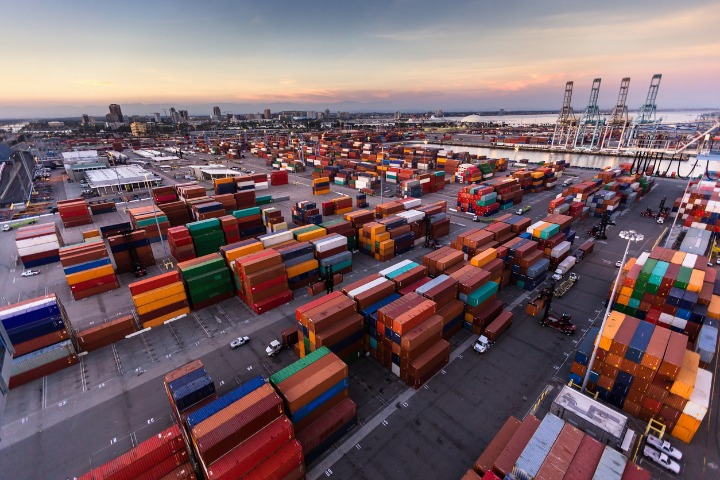
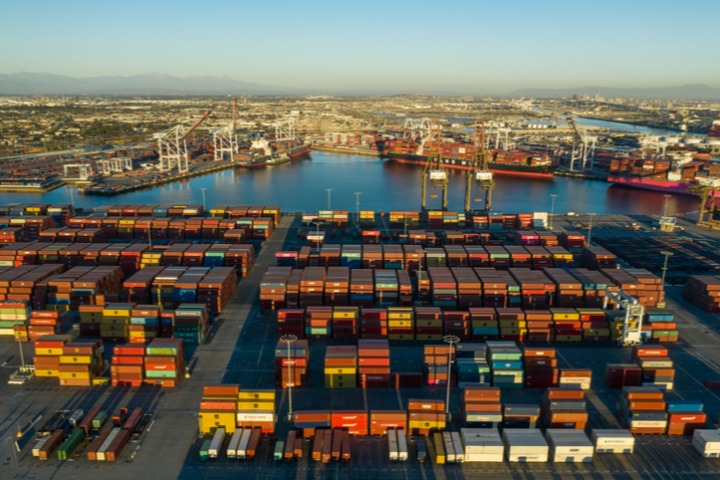
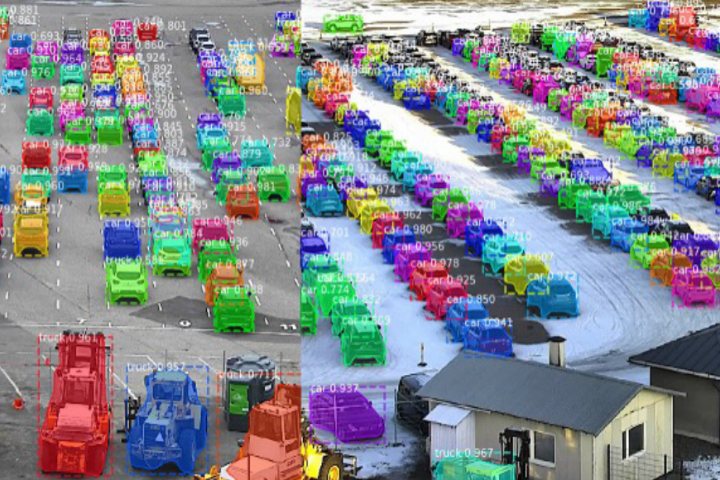
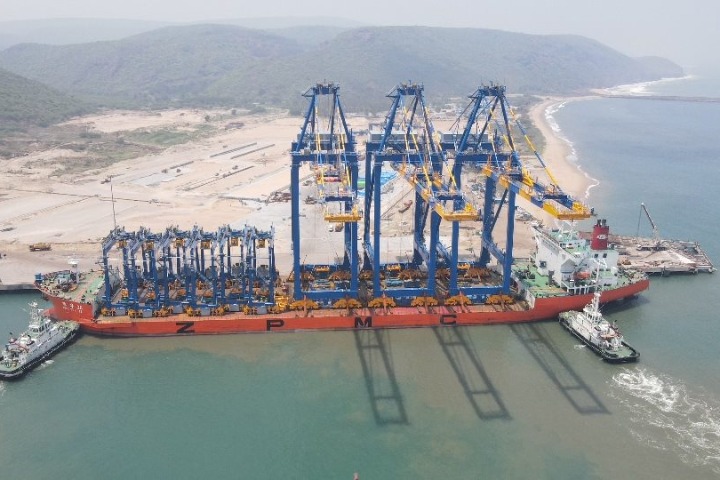
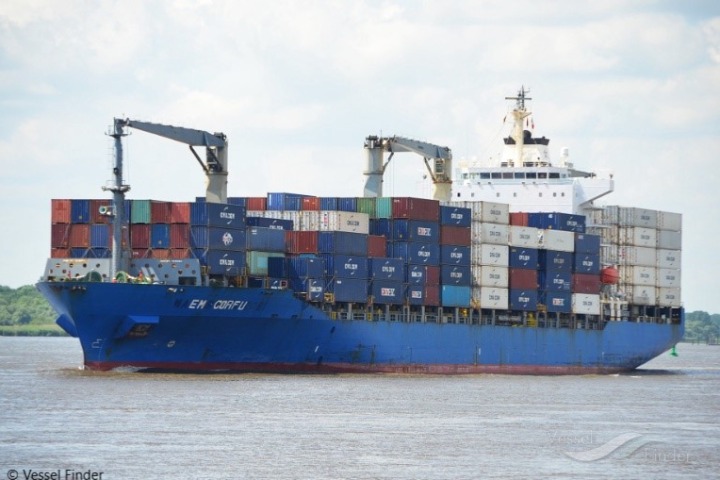
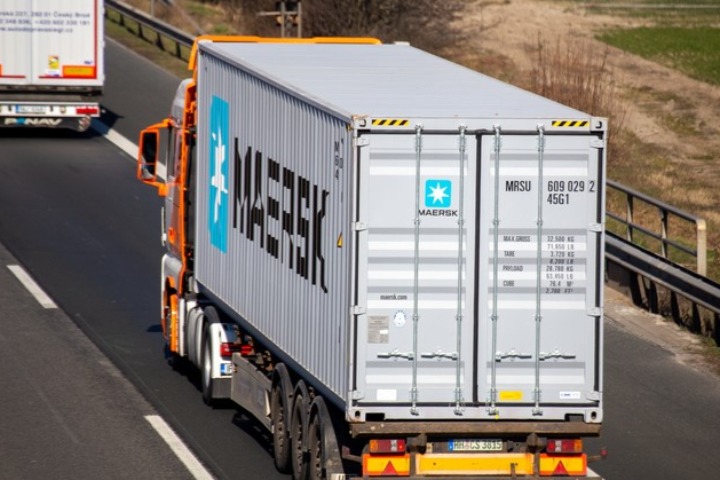
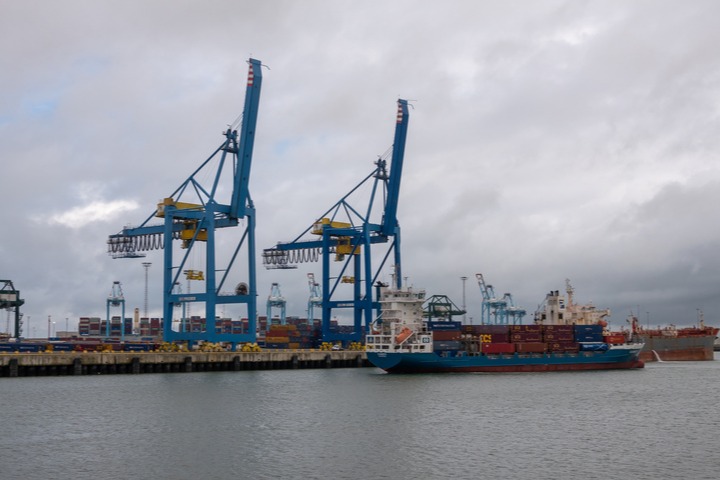

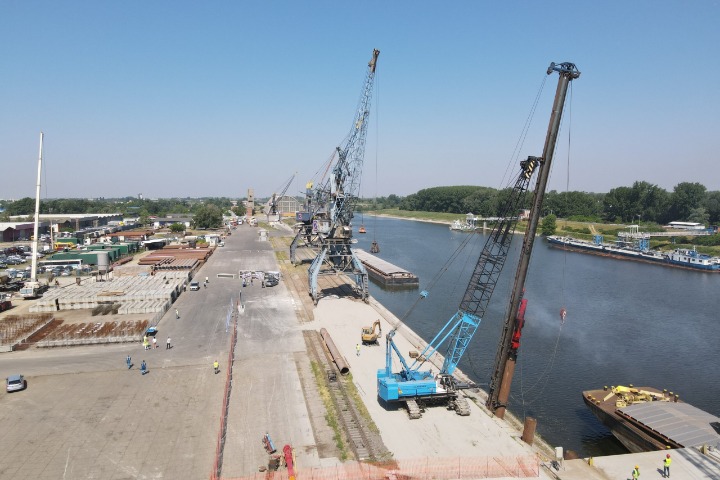
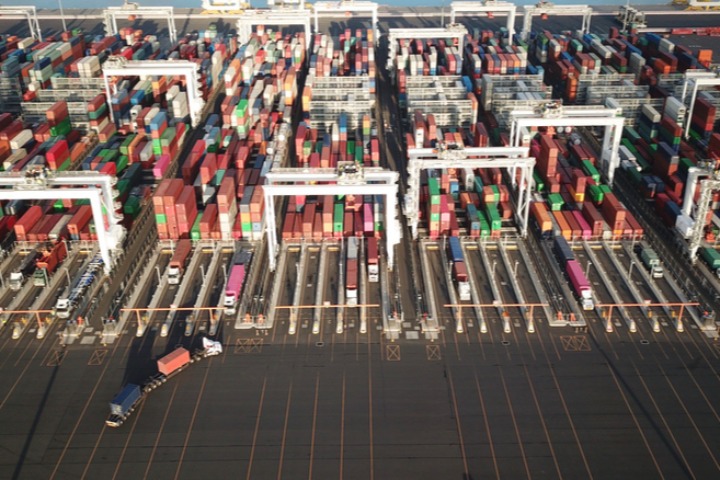













Comments